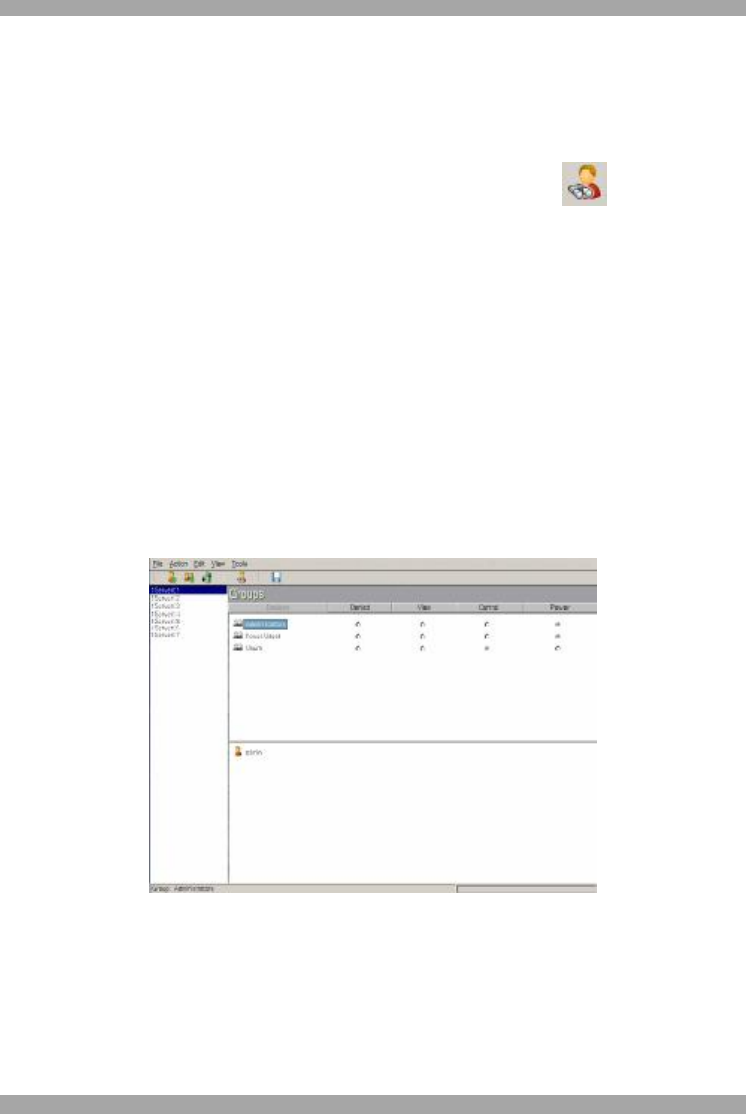User Guide switch DX System
Table Of Contents
- Welcome
- 1. Introduction
- 2. Pre-installation guidelines
- 3. DX system outline
- 4. Connecting the DX system
- 4.1 Connecting an optional local computer to a DX User
- 4.2 Connecting servers to the DX Central
- 4.3 XRICC power supply
- 4.4 Connecting a RICC or XRICC PS/2
- 4.5 Connecting an XRICC SUN
- 4.6 Connecting an XRICC USB
- 4.7 Connecting an XRICC RS232
- 4.8 Connecting the CAT5 cables
- 4.9 Connecting the DX User to an RS232 Terminal
- 5. Power management
- 6. Connecting Legacy KVM switches
- 7. Cascading DX Central units
- 8. Powering on the system
- 9. Configuration wizard (non-DX cascaded system)
- 10. Logging in
- 11. Configuring the DX system
- 12. Creating/editing Users and Groups
- 13. Arranging devices
- 14. Scanning a group of servers
- 15. Adjusting the picture quality
- 16. Connect - Private
- 17. Disconnect User
- 18. Connecting to a local computer
- 19. Updating the DX Central
- 20. Updating the DX User and XRICCS/RICCs
- 21. Events log
- 22. Troubleshooting - Resetting the DX Central
- 23. USB / SUN Combo keys
- 24. Technical specifications
- 25. Terminal hotkeys
- 26. User guide feedback

DX SY
STEM
51
12.4.1 Editing the User box
An Administrator can edit all the elements that appear in the User box, including
the password and he can move the User to a different Group.
To display a User box:
1. Double-click the User icon or select the User icon and click .
2. Edit and click OK.
3. Save changes.
12.5 Users and Groups - Details view
You can view the Users and Groups window from the servers’ point of view.
To do so:
1. Select View/Details. The Details view appears see Figure 54.
2. Select a server from the list on the left. The permissions for each Group appear
on the right.
When you select a Group a list of members appears below.
Figure 54 Details view
13. Arranging devices
In the Servers window the Administrator or User can create folders into which
devices can be inserted. The User can only view and insert devices that he has
rights of access to. The Administrator defines the rights of access – explained
above.










